Welcome to Part 1 and Part 2 of the Foresight Future of Cities project update. Since our last newsletter, we've been busy publishing evidence, holding event workshops, supporting our local projects, and working with cities and Whitehall to help them think about how they can help cities make the futures they want.
These all feed into the project's final outputs, which we're preparing as we get closer to the project's finish at the end of this year. This month we're bringing together some of the city representatives we've worked with at our City Visions event. Look out for the next update and keep track of our publications and goings on by checking the website and blog.
Eleri Jones, Future of Cities Project Leader
Future of Cities Update - September 2015 Part 1
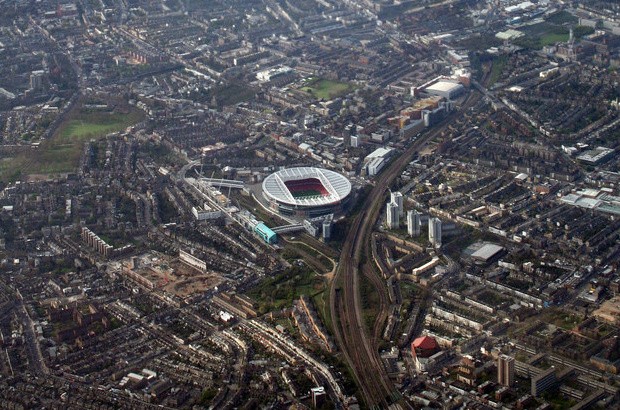 |
|
Coping with change
What connects Arsenal's stadium, Islington's housing and a cable car in Kathmandu? M. Bruce Beck and Michael Thompson develop a fourfold typology in discussing a process of governance for coping with change in the city.
|
|
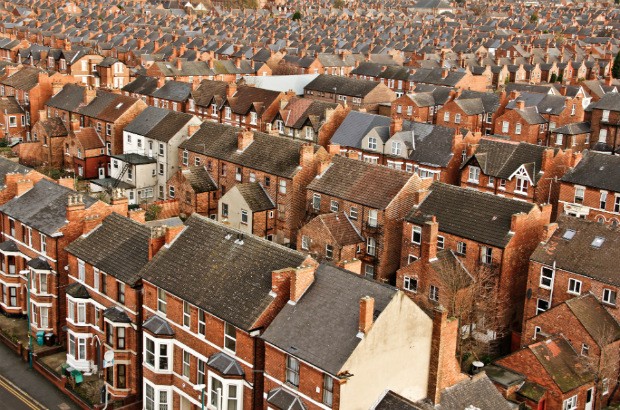 |
|
Land, rent and housing in the UK
In July, Michael Edwards gave a public lecture at UCL discussing his new Foresight paper, which emphasises the complexity of the housing debate. You can read his accompanying post on our blog.
|
|
 |
|
Cities and public policy
Alan Harding and Brendan Nevin examine three components of urban policy, looking at how they interact to produce policies of varying levels of effectiveness.
|
|
|
 |
|
'The Future City' exhibition
In February, we collaborated with the Royal Institute of British Architects, on an exhibition drawing on RIBA and Foresight research to outline the UK¹s key urban challenges over the coming decades. It asked questions such as Œwhat might your city look like in 2065?¹ Read more on our upcoming blog post.
|
|
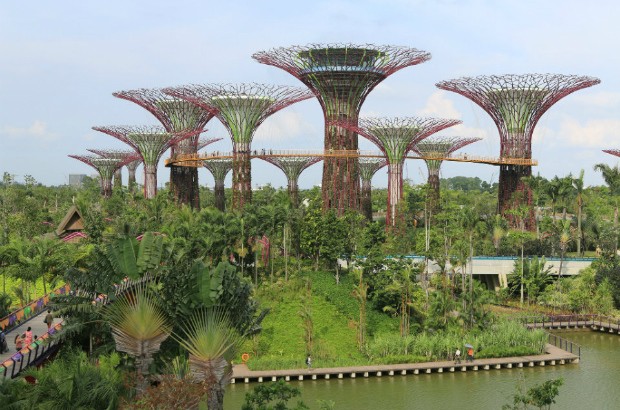 |
|
RCUK¹s Water Showcase
In June we published the UK Water Partnership¹s thought piece which sets out five visions for water in cities. These were discussed during RCUK¹s 2015 Water Showcase, where Sir Mark Walport gave the keynote and the project held a workshop on interdependencies.
|
|
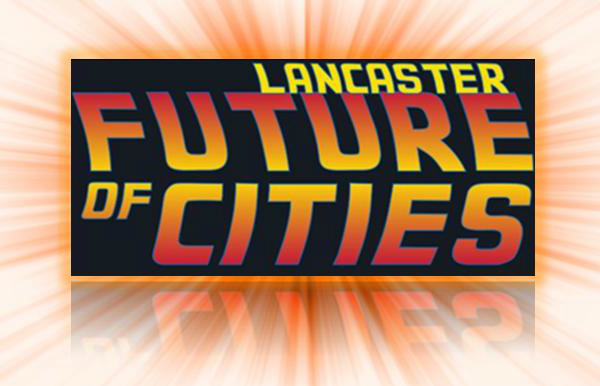 |
|
Local project reports
In 2014, we seed-funded six local foresighting projects and they¹ve been busy developing their own visioning methods. They¹ve started publishing their phase one reports, which you can access via the accompanying posts on our blog.
|
|
|
If you have any questions or would like more information on any area of our work, please feel free to contact us here
|
|
Future of Cities Update - September 2015 Part 2
Welcome to Part 2 of the Foresight Future of Cities project's update, devoted to the thought pieces we have published this year. This month, we held our third City Visions event which brought together some of the city representatives and partners we have worked with during the project. It was a great space for cities and organisations to discuss the different methods they use for conceptualising the future, and to think about how cities can continue to develop their foresighting capabilities. Read more on the upcoming post on our blog, and keep up to date with publications by checking the project's website and following us on twitter.
Eleri Jones, Future of Cities Project Leader
 |
|
What will cities of the future be made of?
Phil Purnell and Katy Roelich look at fixed materials within the city and the potential for addressing resource issues through altering design practices. They argue for city planners to have an increased awareness of how cities are affected by different material supplies.
|
|
 |
|
Beyond peak car
How do we help a city develop beyond peak car? David Metz examines declining car use in London since the 1900s, and highlights its impact on greenhouse gas emissions. He argues for key policy interventions to get people out of their cars and onto bus and rail networks.
|
|
 |
|
Cities, green infrastructure and health
How do we go beyond seeing green infrastructure as purely 'nice to have'? Val Kirby and Stephen Russell examine the positive impact green infrastructure can have on health and wellbeing in cities, and discuss some of the barriers to be overcome.
|
|
|
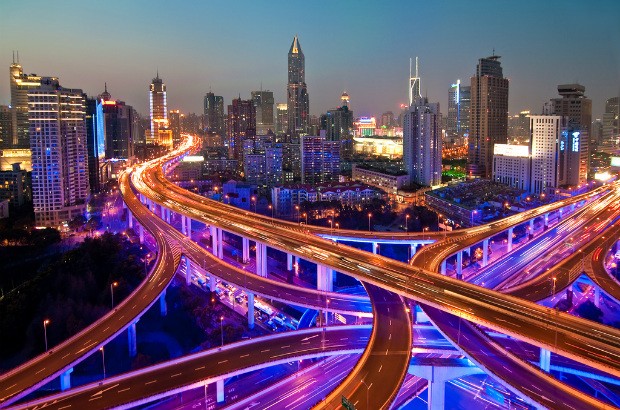 |
|
Smart cities, citizenship skills and the digital agenda
Theo Tryfonas and Tom Crick discuss the challenges of delivering digital citizenship skills in future cities, highlighting the need to deliver and integrate purposeful technology to ensure an educated and informed population.
|
|
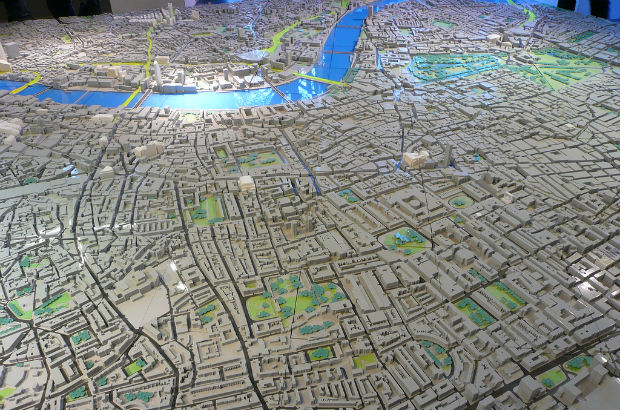 |
|
Development and sub-surface use
The British Geological Survey thinks about where future development should occur, and methods of maximising and sustaining the potential of the urban subsurface for use in future cities.
|
|
 |
|
Smart infrastructure
How will city infrastructure and sensors be made smart? Robert Mair examines the potential for smart infrastructures to protect against challenges in future cities, make city life more efficient, and enable smarter, proactive asset management decision-making for city infrastructure.
|
|
|
If you have any questions or would like more information on any area of our work, please feel free to contact us here
|
|
 Printer-friendly version
Printer-friendly version
















